
“Can you please identify these?” asks Shanan in her submission regarding two, green and black objects, as well as a bug-like organism, all pictured below. “I’ve been living this nightmare for three years now. I just assumed that they were fabric moths and carpet beetles in different stages. I live on an island off the southern tip of Georgia called Saint Simons Island.” At first glance, we can tell Shanan that these are not fabric moths (AKA “clothes moths”) or carpet beetles. We think the green objects could be the product of leafcutter bees, and that the bug is a weevil.
Weevils are a family of small beetles that have prominent snouts, which we can even see in the photo Shanan sent in. These guys have a penchant for invading people’s homes and causing a nuisance, so it’s no wonder she has been dealing with this for years, as infestations of them can be tricky to get rid of. They usually enter homes through open windows or doors, or through sizable cracks in walls and floors. We recommend that Shanan seal any such cracks using caulk (or some other type of sealing agent), and that she mend or replace any torn window screens. All of this will help reduce the number of insects that can enter her home. Depending on the species of weevil, they are not always out to destroy your home like the wood-boring weevil – some of them are coming into the home simply to seek shelter from unfavorable weather conditions. Of course, given that they have been in Shanan’s home for three years, it would not be implausible to assume that these weevils might be pests of some kind.
With regard to the green objects, we think it is possible that these are the pupae of the weevils, but likewise that they could be the product of leafcutter bees. Unlike honey bees, leafcutter bees work alone. They like to hide in small cramped spaces, and build a tube-like nest made up of leaves. They look similar to the objects Shanan photographed. They will then nestle into small holes in wood (sometimes those created by other insects!) or in plant stems. They always use ‘premade’ holes, and never form their own, so Shanan does not have to worry about them burrowing through her stuff. They are as harmless as honey bees: if left undisturbed, they will leave you alone. But they will sting you if they feel threatened. That said, they are less likely to sting people than honey bees.
Now, Shanan does express that she has been “living this nightmare” for three years. We find it odd that she has been finding both the weevils and the green objects together for so long, considering that, in our opinion, the two are unrelated (at least in terms of their species). With this in mind, one might conclude that the green objects are the pupae of the beetles, and that they are this color because they are about to complete metamorphosis. We might buy this conclusion if the adult beetle was green, but it’s not. The best conclusion we can come up with is that Shanan is experiencing an infestation of both wood-boring weevils and leafcutter bees, and that the leafcutter bees are building nests in the holes created by the weevils (which they have been known to do).
To deal with the infestation, we suggest that Shanan contact a professional to inspect and treat her home for the infestation. An infestation that has gone on for three years has likely spread to corners of the home that are unreachable, and it is probably outside of her control at this point. On top of that, if these are wood-boring weevils, she will definitely want a professional to treat her home, as wood-boring insects can cause significant damage to the foundations of a home.
In conclusion, we are confident that Shanan found a weevil, though we cannot say for certain what the green objects are. Given their shape, they do look like pupae. But, given their color, they do not look like weevil pupae specifically. They more so remind us of leafcutter bee nests. In any case, neither pupae nor leafcutter bee nests are harmful (though we suggest being careful as there might be a bee hiding in the nest!), so we recommend just moving them outside. We hope this helps, and we wish Shanan the very best!
All About Worms is always free, always reader-supported. Your tips via CashApp, Venmo, or Paypal are appreciated! Receipts will come from ISIPP Publishing.
You might also find these guys interesting!





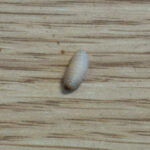
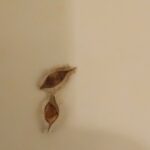

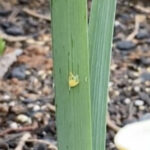
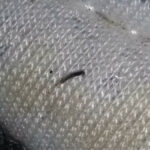
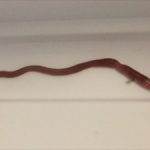
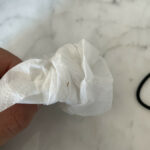
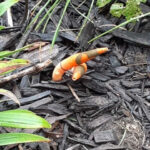
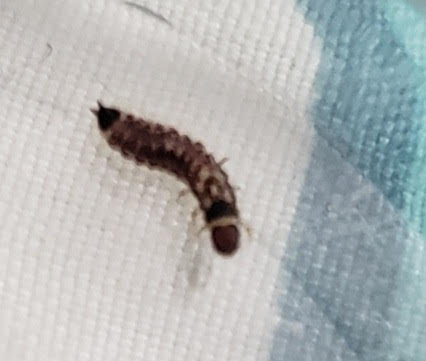

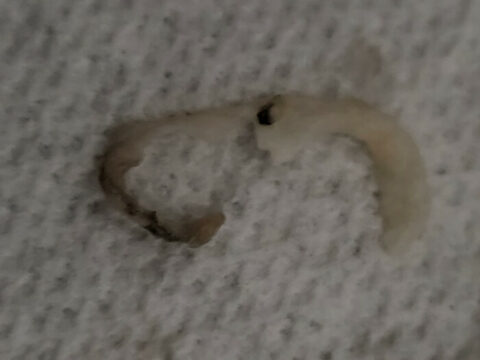



Hello regarding the weevil the other thing I believe is the larvae stage of weevil as I had similar problem with carpet beetles and look just weevil larvae but carpet beetle larvae is all black ,which I believe there different size for each stage such as pups/pupa large, so try googling weevil larvae
Thank you. I will Google weevil larvae. I’ve had trouble for a long time with what I believe to be the larvae of carpet beetles and clothes moths. I noticed the seams in some of my clothing are ‘fat’, and where these seams lay on my body make me itch. Well, I’ve burned these clothes and believe me, there’s something gooey in the seams!! I can’t figure out . Never any adults. Please email me with pics if you may be having the same issues. Thank you.